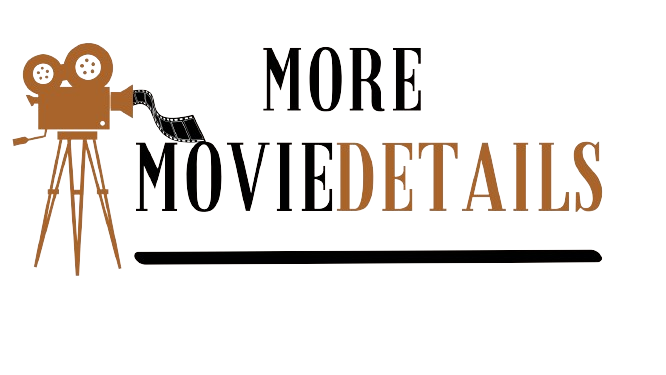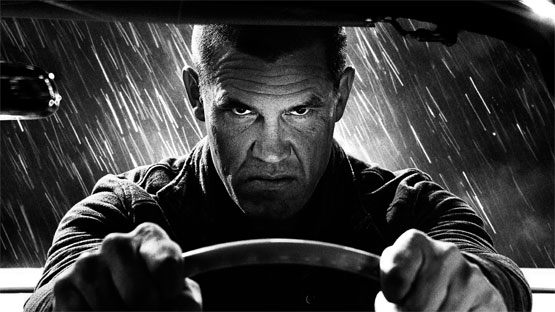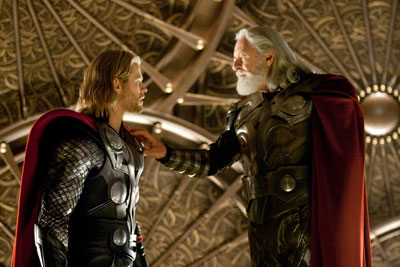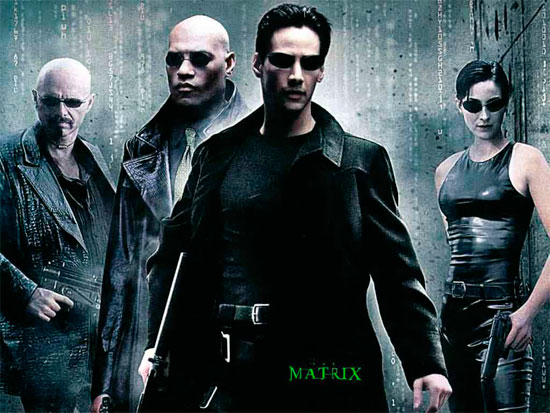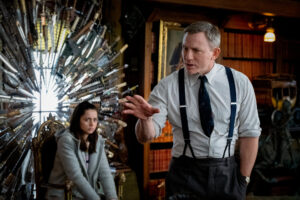The Influence of CGI on Modern Cinema
Computer Generated Imagery, or CGI, has had a monumental impact on the way movies are made, experienced, and appreciated. With advancements in technology, the use of CGI has become crucial in creating breathtaking visual effects, stunning scenery, and larger-than-life creatures. From the imaginative landscapes in “Avatar” to the lifelike animals in “The Jungle Book,” CGI has transformed the way stories are told on the big screen.
One of the most significant influences of CGI on modern cinema is its ability to bring fantasy worlds to life. In the past, filmmakers were limited by what could be physically built or captured on camera. But with the advent of CGI, filmmakers can create entire worlds and creatures that were once only possible in the realm of imagination. For example, the “Lord of the Rings” trilogy brought the fantastical world of Middle-earth to life in a way that was previously unimaginable, thanks to the help of CGI. The ability to transport audiences to otherworldly realms has allowed filmmakers to push the boundaries of storytelling and create immersive, visually stunning experiences.
Another significant influence of CGI on modern cinema is its impact on the portrayal of larger-than-life characters and creatures. In the past, practical effects and animatronics were used to create creatures like dinosaurs in “Jurassic Park” or aliens in “Alien.” While these techniques were groundbreaking at the time, they were limited in their ability to convey realistic movement and behavior. With CGI, filmmakers can now create creatures and characters that are not limited by the constraints of physical materials. This has led to the creation of iconic characters like Gollum in “The Lord of the Rings” and the Na’vi in “Avatar,” which would have been impossible to achieve with practical effects alone.
The use of CGI has also played a crucial role in creating breathtaking action sequences and visual effects. Films like “Inception” and “The Matrix” have pushed the boundaries of what is visually possible, thanks to the use of CGI. These films have transported audiences to alternate realities and mind-bending landscapes, all made possible by the use of CGI. Furthermore, CGI has allowed filmmakers to create realistic explosions, destruction, and special effects that would be dangerous or impossible to achieve in real life. This has given filmmakers the ability to tell stories on a grand scale and create visually stunning spectacles that captivate audiences worldwide.
Beyond its impact on visual effects, CGI has also influenced the way in which stories are told and characters are portrayed. The use of CGI has allowed for the creation of digital doubles and de-aging techniques, enabling filmmakers to recreate actors at different points in their lives or create entirely new characters. For example, the digital recreation of Peter Cushing in “Rogue One: A Star Wars Story” and the de-aging of actors in films like “The Irishman” have showcased the potential of CGI in storytelling.
Furthermore, CGI has allowed for the creation of immersive and photorealistic environments that enhance the storytelling experience. Films like “Gravity” and “The Revenant” have used CGI to seamlessly blend real and digital environments, creating a sense of immersion that transports audiences into the world of the film. This has allowed filmmakers to push the boundaries of storytelling and create visually stunning experiences that captivate audiences.
However, while CGI has undoubtedly revolutionized the way movies are made and experienced, it has also raised concerns about its overuse and reliance in modern cinema. Some critics argue that the widespread use of CGI has led to a homogenization of visual effects, resulting in a lack of innovation and creativity. Additionally, the overreliance on CGI has led to criticism over the lack of physicality and tangibility in modern films, with some audiences feeling disconnected from the digital creations on screen.
Despite these concerns, the influence of CGI on modern cinema cannot be denied. CGI has revolutionized the way movies are made and experienced, allowing for the creation of visually stunning worlds, incredible creatures, and breathtaking action sequences. As technology continues to advance, the potential for CGI in storytelling is limitless, and it will undoubtedly continue to shape the future of cinema for years to come.
